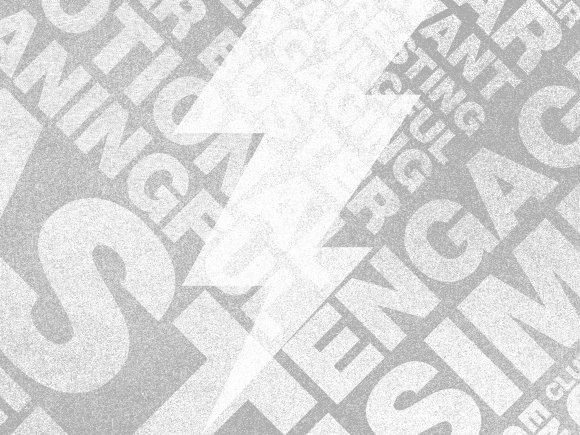The brain processes pictures 60,000 times faster than text.[1] Yet many in the public relations industry still cling to copy as the only way to share a compelling story with the media and the target audience.
With our roots in words, we PR pros must shift our skillset to embrace visual elements to share a message in an engaging way. Press releases, fact sheets, pitches—each of these PR must-haves needs to be supplemented with a cadre of visuals, too.
Infographics, photos, videos, illustrations—all can make a good story better, connecting with the target (media, customer or consumer) quickly and effectively. When creating and evaluating visuals, keep these three guiding principles in mind:
- Emotional > Rational. What visual things are you most likely to engage with: share, review, comment on? Chances are, those visuals elicited an emotional response from you, be it amused, sad, anxiety-ridden. Frame your information in a way that favors the emotional over the rational.
- Simple > Complex. We consume five times as many words today as we did in 1986. In this word blizzard, our visuals must be as easy to digest as possible. Make sure there’s a point to what you’re sharing—that it’s easy to understand, ultimately making it easier for the media to translate to its audience.
- Meaning > Data. We must be data narrators, sifting through statistics, proof points and more to uncover the key insights that will be most meaningful to the media and our target audience. The criteria to determine if a visual is meaningful are:
- Is it something the audience doesn’t know?
- Is it something the audience should know?
- Is it something the audience can change?
With this three-pronged foundation, your visuals can be the clutter buster you’re looking for to communicate your message.
Explore a little more about Visual Storytelling here.
[1] 3M Worldwide
